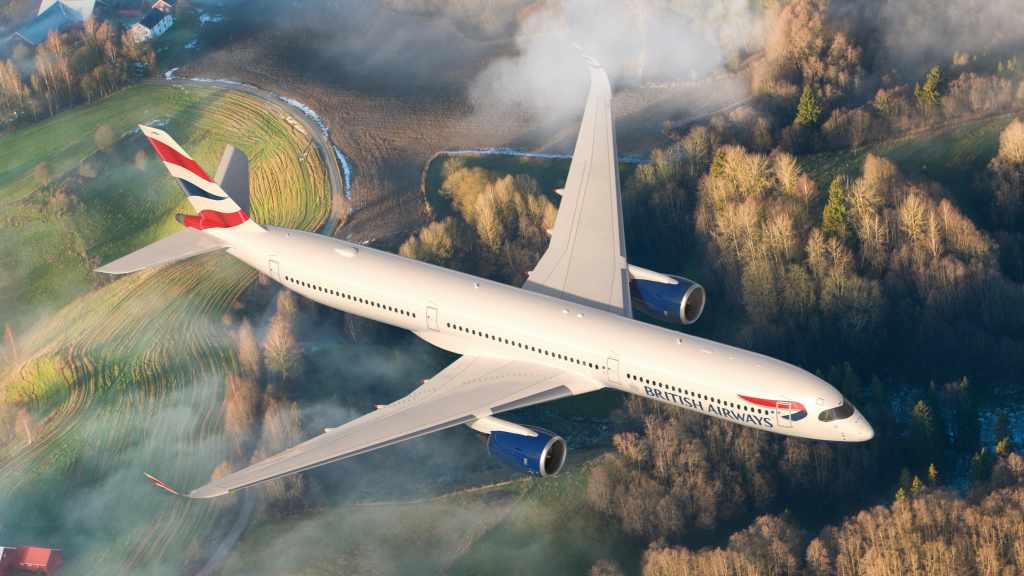Last September, the British startup ZeroAvia carried out the first test flight of its hydrogen aircraft. A very simple test that consisted of take-off, a small circuit, and landing. A demonstration that has served to attract the attention of the giant British Airways with which they have signed a collaboration agreement for the development of hydrogen aircraft.
The test used as a base a Piper PA-46 turboprop aircraft with a capacity for six passengers, which has been replaced by its original engine and systems with an electrical system powered by a fuel cell, in addition to the hydrogen tanks necessary to fly. This model that they hope to have completed in 2023 by the time they indicate will transport 20 passengers and travel up to 497 miles.
These arguments have been those that have attracted the attention of one of the most important companies on the international scene, such as British Airways (BA), which has confirmed this association aimed at “exploring the possibilities of transformation to go from fossil fuels to hydrogen.”
This project is part of a BA initiative that seeks emissions neutrality by 2050. Something that will mean in the short term improve operational efficiency and introduce carbon offsetting and elimination projects. In contrast, in the medium and long time, investments will be made to develop sustainable aviation fuels, such as hydrogen.
From ZeroAvia they indicate that they hope that the aid will allow them to accelerate the development of hydrogen systems, which they estimate will let them in 2027 to have commercial aircraft with up to 100 passengers and 497 miles of autonomy, and up to 994 miles of independence and more than 100 passengers by 2030.
ZeroAvia is already negotiating with several airlines today to debut the technology in the short term in places like Norway. The government wants all regional flights to be zero emissions by 2040 and a scenario where hydrogen production can be carried out using renewable energy.

